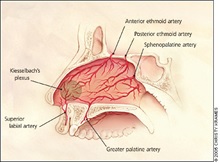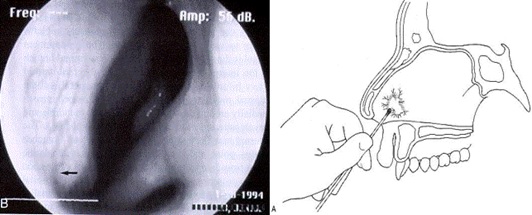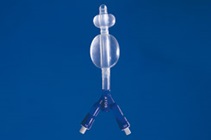Introduction
Epistaxis is a bleeding from the nose.It occurs due to the torn blood vessel in the nose. Usually it is mild and self limiting and can be treated at home, however it can be severe and life threatening that requires medical care
Anatomy
The Nasal cavity is lined by nasal mucosa that is rich in blood vessels. .The nose warm and humidified the air that we breath . The mucous in the nose trap the dust. It also forms an antibody to kill the bacteria. Bigger dust will be expelled through sneezing or coughing.
Aetiology
There are many causes of epistaxis. It can be due to local or systemic.
-
- Local Causes
- Idiopathic 85%
- Trauma (fracture nose, Foreign bodies, nose-picking)
- Infection (rhinitis, sinusitis)
- Hormonal ( Menses, pregnant)
- Environment (high altitude, Air conditioning)
- Cancer of nose, sinuses, nasopharynx
- Tumour in the nose ( eg Angiofibroma)
- Rhinolith
- Local Causes
- Systemic causes.
- Anticoagulant drugs (eg : warfarin, aspirin)
- Haematological diseases : haemophilia, Leukaemia, Familial Haemorrhagic telangiectasia, idiopathic Thrombocytopenic purpura, infection virus like dangue.
- Alcohol
- Allergic
- Heart Disease
- Hypertension
- Chronic Renal Failure.
What should I know about Epistaxis:
Majority, bleeding from the nose stop in a short time. It commonly cause by trauma, nose-picking, dry mucosa. and upper respiratory infection. It’s commonly occur in children.
However severe, profuse, non stop bleeding may occur and require medical attention. This is usually cause by blood disorders, tumours, drugs ( eg warfarin or other anticoagulant) and severe trauma.
What should I do if I had epistaxsis
When you have epistaxis, Sit upright and lean slightly forward to prevent blood from passing to your throat and cause choking . Pinch your nose for 10-20 minutes and breath through your mouth. ( Pinch on the flexible part of the nose not the bony part). Apply cold ice packs over the forehead and on top of the nose ( as shown in the picture) or suck the ice. This can help the vessel to constrict and prevent further bleeding.
You are encouraged to spit the blood out rather than swallow it. If the bleeding stop, don’t try to blow out any of the blood remaining in the nose because it can cause another nose bleed. Please seek medical attention after that.
What my doctor will do?
The doctor will examine and identified the cause of bleeding.The Main bleeder usually from the blood vessels at the anterior part of the septum. However it may come from blood vessel from any other part of the nose. Usually the doctor will cauterise/ burnt the vessel using chemical ( silver nitrate) or electrocautery instruments .Most of the bleeding will stop.
What will happen if the bleeding non stop?
If the bleeding cannot control by cauterization, nasal packing will be inserted. This will be kept for 24-48 hours .Few types of nasal packing materials are shown in the picture below.
Surgical treatment may be required in cases where the bleeding persists despite the above measures (cauterization and nasal packing) had been taken. Surgery is usually done under general anaesthesia and the surgical procedures may include:
- Artery ligation or Clipping
- Septoplasty ( correction of the deviated septum that may cause the bleeding)
Embolisation
Embolisation may be done in persistent bleeding , where the Interventional radiologist uses a catheter to deliver a small particle or glue to the blood vessel that cause the bleeding and block it.
Guideline for patient after epistaxis
Patient are advised not to perform strenuous exercise like straining, lifting heavy objects, or cough excessively. They also not advisable to scratch, rubbing or blowing their nose aggressively. This can induce bleeding.
Medication as anti histamines and antibiotics are to be taken as advised. Balance diet eating more vegetables or fruits rich with vitamin c are advisable.
References
- Epistaxis: A practical approach to treatment, LOREN A. CROWN, MD, Associate Professor, Department of Family Medicine, University of Tennessee Health Science Center, Memphis; and Director, Emergency Medicine Fellowship, Baptist Memorial Hospital-Tipton, Covington, Tenn. ROGER D. CRINER, JR, MD, Resident Physician, University of Tennessee Family Medicine Program, Jackson, Tenn. Apr 152004. Patient Care for the nurse Practitioner
- Diseases of Ear, Nose and Throat, 3rd Edition PL Phingra Epistaxsis pg 215.
| Last Reviewed | : | 14 November 2014 |
| Writer | : | Dr. Hj. Abd Razak b. Hj. Ahmad |
| Accreditor | : | Dato’ Dr. Narizan bt Ariffin |











